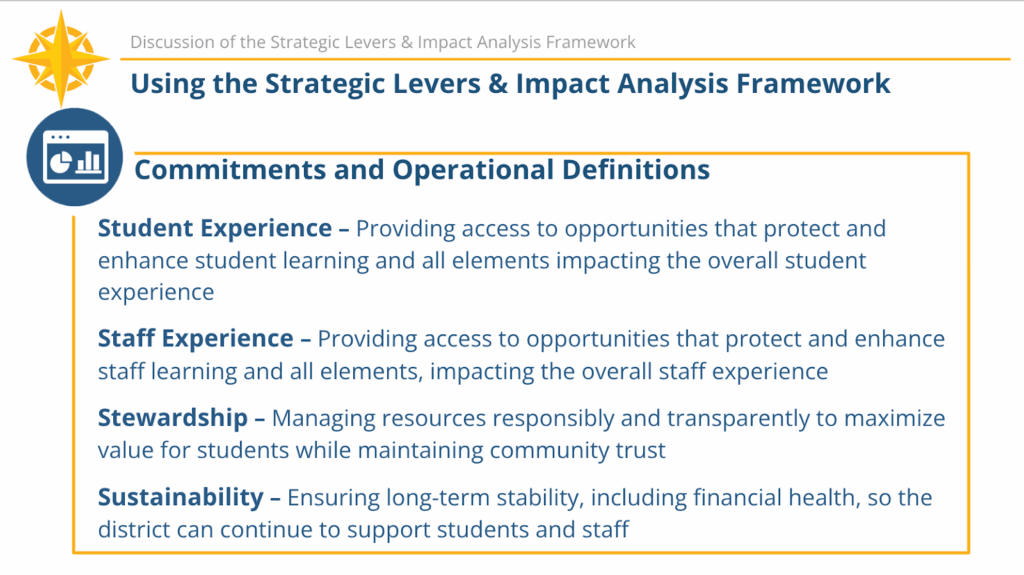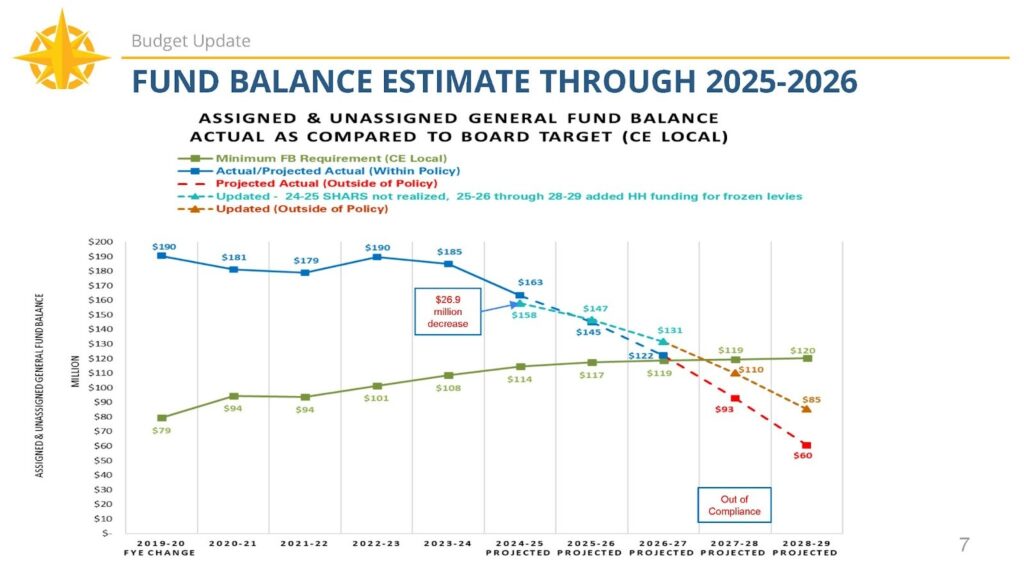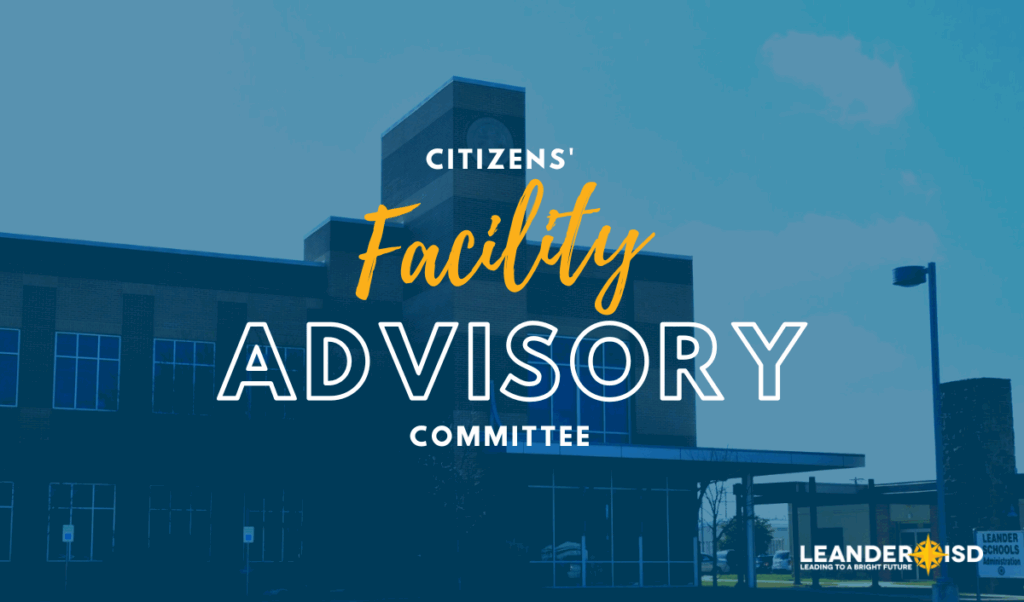During its Oct. 9 meeting, the Board of Trustees agenda included:
- Spotlight on Learning: Danielson MS
- Board Collaborates on Set of Commitments to Guide Budget Development & Long-Range Plan Work
- Budget Update Underscores Structural Challenges Ahead
- Board Approves Citizens’ Facility Advisory Committee Charters
The Board will meet next for a regular meeting Thursday, Oct. 23. There has also been a workshop meeting added to the calendar for Thursday, Oct. 30.
Spotlight on Learning: Danielson MS
Innovation and entrepreneurship are sparking creativity and confidence at Danielson Middle School.
DMS students and staff highlighted the school’s entrepreneurship course, where students design, create and market their own products, all while earning high school credit and developing business, problem-solving and leadership skills.
Projects ranged from embroidered bracelets and handmade cards to 3D-printed keychains and upcycled tote bags – all examples of how students are learning to think creatively, take risks and grow from failure.
Through hands-on experiences and real-world connections, Danielson students are discovering that innovation thrives when they experiment, collaborate and keep trying.
Way to go, Bearkats!
Board Collaborates on Set of Commitments to Guide Budget Development & Long-Range Plan Work

🎬 7.A.1. Discussion of the Strategic Levers & Impact Analysis Framework
At the Oct. 9 meeting, district leaders introduced a draft Strategic Levers and Impact Analysis Framework, a tool designed as a way to illustrate how the Board’s key commitments might be impacted by potential budget actions, or “levers.” Together, this will help LISD administration make decisions that are financially sound and aligned with what matters most. The framework isn’t a plan or recommendation; instead, it’s meant to surface trade-offs, reveal conflicts and strengthen decision-making before any formal actions are taken.
Potential revenue and reduction levers are still being developed as part of the budget process to mitigate the projected deficit. Examples under consideration include options such as disaster-pennies (a one-year tax rate bump that allows school districts to continue to serve students after a disaster declaration) or Voter-Approved Tax Rate Election (VATRE), possible land sales and efficiency measures related to staffing, scheduling and department structures. These examples are not comprehensive, and additional levers could emerge as the process continues. Some levers, like pay scale adjustments or staff raises, also carry both fiscal and workforce implications.
The framework provides a structured way for analyzing potential decisions in relation to the Board’s stated commitments and anticipated short- and long-term impacts.
Board Commitments
Trustees collaborated on a set of commitments that will anchor future budget and planning discussions:
- Student Experience
Providing access to opportunities that protect and enhance student learning and all elements, impacting the overall student experience.
- Staff Experience
Providing access to opportunities that protect and enhance staff learning and all elements, impacting the overall staff experience.
- Stewardship
Managing resources responsibly and transparently to maximize value for students while maintaining community trust.
- Sustainability
Ensuring long-term stability, including financial health, so the district can continue to support students and staff.
Looking ahead, the district’s administration will refine the framework using these commitments as touchpoints and will model potential impacts of different budget levers in upcoming workshops. The Board will use the framework throughout budget planning to test the real-world impacts of various options before moving forward.
Previous Updates
- Sept. 30, 2025: Board Adopts Resolution to Guide LISD Administration Through Next Steps
- Sept. 18, 2025: No School Consolidation Decisions Made; Board Sets Sept. 30 Special Meeting to Establish Clear Next Steps
- Sept. 10, 2025: Leander ISD Trustees Confront Budget Realities While Charting a Path Forward
- July 21, 2025: Announcing Dates for Community Conversations Exploring Solutions for Low-Enrolled Schools
- May 30, 2025: Long-Range Plan: Exploring Campus Consolidations, Staffing Adjustments to Address Enrollment Shifts
- May 8, 2025: Long-Range Plan Framework: Innovative Academies, Programs
- Feb. 13, 2025: Long-Range Planning Framework Continues with Needs Identified
- Jan. 23, 2025: Long-Range Planning Framework Developed for Future Work
- Jan. 9, 2025: Long-Range Planning Committee Delivers Detailed Update and Resources to Continue Advancing the Process
- Nov. 21, 2024: Long-Range Planning Committee Update on Open Enrollment
- Oct. 24, 2024: Annual Demographic Report
- Sept. 19, 2024: Long-Range Planning Committee Update
Budget Update Underscores Structural Challenges Ahead

🎬 7.A.2. Budget Update: Fiscal Year 2024–25, 2025–26 and Budget Assumptions for 2026–27
District administration presented a three-year financial update covering the year just completed, the current year, and early projections for 2026–27. The discussion highlighted both encouraging signs – such as additional state relief funding – and the continued structural challenges shaping the LISD’s long-range planning.
The 2024–25 fiscal year closed June 30 with an estimated $27 million deficit, slightly higher than the $23.1 million projected in June due to $4.9 million in School Health and Related Services (SHARS) revenue not yet received. Those funds remain tied to a pending legal appeal but are expected during 2025–26.
For the 2025–26 budget, adopted in June, recent state formula updates tied to House Bill 2 brought roughly $6.8 million in “hold harmless” funding for senior-tax-relief adjustments. However, the district is still waiting on clarification of up to $10.5 million in separate state aid reductions related to property-tax compression, with a Texas Education Agency decision anticipated in Spring 2026.
Looking ahead to 2026–27, early estimates show continued pressure on fund balance if no structural changes are made. Current models project deficits of $22.9 million in 2026–27 and $29.3 million in 2027–28, which would position the district below the Board’s policy of maintaining at least three months of operating reserves. Trustees discussed how upcoming work on staffing guidelines, program reviews and long-range planning will factor into closing that gap.
Administrators emphasized that the district remains focused on aligning budget decisions with its core commitments discussed earlier in the meeting – student and staff experience, stewardship, and sustainability – and that continued adjustments this fall and spring will help ensure future financial stability.
Previous Updates
- Sept. 30, 2025: Board Adopts Resolution to Guide LISD Administration Through Next Steps
- Sept. 10, 2025: Leander ISD Trustees Confront Budget Realities While Charting a Path Forward
- June 19, 2025: Board Adopts 2025–26 Budget
- June 5, 2025: Proposed Budget Navigates Impact of HB2, Funding Loss
Board Approves Citizens’ Facility Advisory Committee Charters

🎬 5.A. Consider Approval of Citizens’ Facility Advisory Committee Charters
During consent agenda, Trustees approved updated charters establishing the Citizens’ Facility Advisory Committee (CFAC) and its subcommittees to assess facility and program needs ahead of a potential November 2026 bond election.
The CFAC will incorporate community perspectives as it develops recommendations on future construction, renovations, safety, technology and support facilities. Its work will be conducted within six subcommittees – elementary, middle, high school, technology, ancillary services and safety & security – each assessing needs for the next three to five years.
A steering committee will coordinate these efforts and prepare final recommendations for the Board of Trustees. Applications to serve on the CFAC are expected to open in early spring 2026 along with updates on the process ahead.


